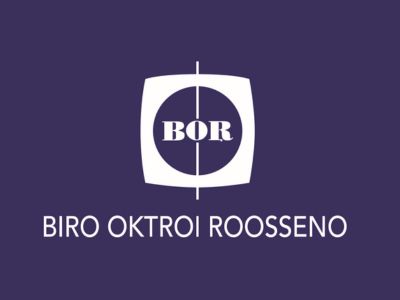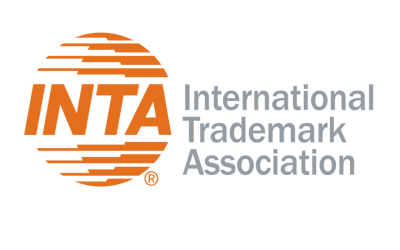The social media giant Bytedance, owner of the ubiquitous TikTok platform, recently suffered a setback in Singapore. In a decision issued by the Intellectual Property Office of Singapore (IPOS) on June 14, 2024, Bytedance failed to block the trademark registration of TIKI by Dol Technology Pte Ltd. This case, officially known as Bytedance Ltd v. Dol Technology Pte Ltd [2024] SGIPOS 5, sheds light on the complexities of trademark protection in a world dominated by short-form video apps and highlights the importance of crafting a robust trademark strategy.
Bytedance’s defense: a well-known brand threatened?
Bytedance’s primary argument rested on the potential for consumer confusion. It contended that the TIKI trademark, especially when used for a similar service (short video creation), would be too close to its well-established TikTok brand. To support this claim, Bytedance presented a multi-pronged approach:
- The global power of TikTok: Bytedance emphasized the immense popularity of TikTok in Singapore, citing impressive download figures, a massive active user base, and extensive media coverage portraying TikTok as a global phenomenon with significant cultural impact. This evidence aimed to establish TIKTOK as a well-known trademark in Singapore, deserving broader protection under the Trade Marks Act.
- Similarity of marks: Bytedance argued that the shared use of the word ‘Tik’ in both trademarks created a high likelihood of confusion, particularly given the nature of the services offered by both companies.
IPOS decision: a balancing act
While acknowledging Bytedance’s arguments, IPOS’ Principal Assistant Registrar ultimately ruled in favor of Dol Technology. Here’s a closer look at the reasoning behind their decision:
- Distinguishing features matter: IPOS recognized the presence of ‘Tik’ in both trademarks. However, the decision placed significant emphasis on the distinct visual elements accompanying the word mark in Bytedance’s TikTok logo. These unique design components, according to IPOS, helped differentiate the two trademarks and mitigate confusion.
- Overall impression takes precedence: The decision highlighted the importance of the overall impression conveyed by the trademarks. In this case, the visual differences between the TIKI word mark and the TikTok logo were deemed substantial enough to prevent consumers from mistaking one for the other.
The impact
The decision allows Dol Technology to proceed with registering the TIKI trademark for its short video app. Bytedance, however, may choose to appeal the decision. This could lead to further legal battles, potentially extending the time it takes for Dol Technology to secure the trademark.
Lessons learned: building a strong trademark defense
This case offers valuable lessons for businesses navigating the ever-evolving digital landscape, particularly those venturing into the territory of short-form video content:
- The power of distinctive elements: A strong trademark goes beyond just a catchy word or phrase. Including distinctive design elements within the trademark logo significantly strengthens its distinctiveness and increases the chances of registration approval.
- Target market matters: Brand recognition often has geographical limitations. While TikTok may be a global powerhouse, Bytedance’s arguments focused primarily on the Singaporean market, where brand awareness of a different “Tiki” brand might be lower. Companies should tailor their trademark strategy to the specific markets they operate in.
Beyond the verdict: broader implications for the digital age
The Bytedance v. Dol Technology case has broader implications for the digital age, where intellectual property battles are becoming increasingly common. As competition in the short-form video space intensifies, companies will likely continue to grapple with trademark issues. Here are some additional considerations:
- The rise of generic terms: The use of generic terms like “Tiki” in trademarks presents a challenge. Finding a balance between distinctiveness and accurately describing the service offered can be tricky. Companies may need to explore creative ways to incorporate generic terms into trademarks while ensuring they remain distinctive.
- The evolving landscape: With rapid technological advancements and new platforms emerging constantly, trademark laws and regulations might need to adapt to address these changes. This case highlights the need for a nuanced approach to trademark protection in the digital age.

Written by Balaji Loganathan
IP Manager, Biro Oktroi Roosseno
You may also like…
COLD PALMER: lessons for athletes looking to protect their image
Modern athletes are brands. Just like traditional brands, they generate revenue through their image, licensing their...
INTA to bring its 2026 Trademark Administrators and Practitioners Meeting to Baltimore’s historic Inner Harbor
New York, New York—September 30, 2025—The International Trademark Association (INTA) is pleased to announce that it...
New Minister appointed with responsibility for intellectual property
The UK Intellectual Property Office (UKIPO) CEO has welcomed the new Minister. Kanishka Narayan MP has been confirmed...
Contact us to write for out Newsletter














